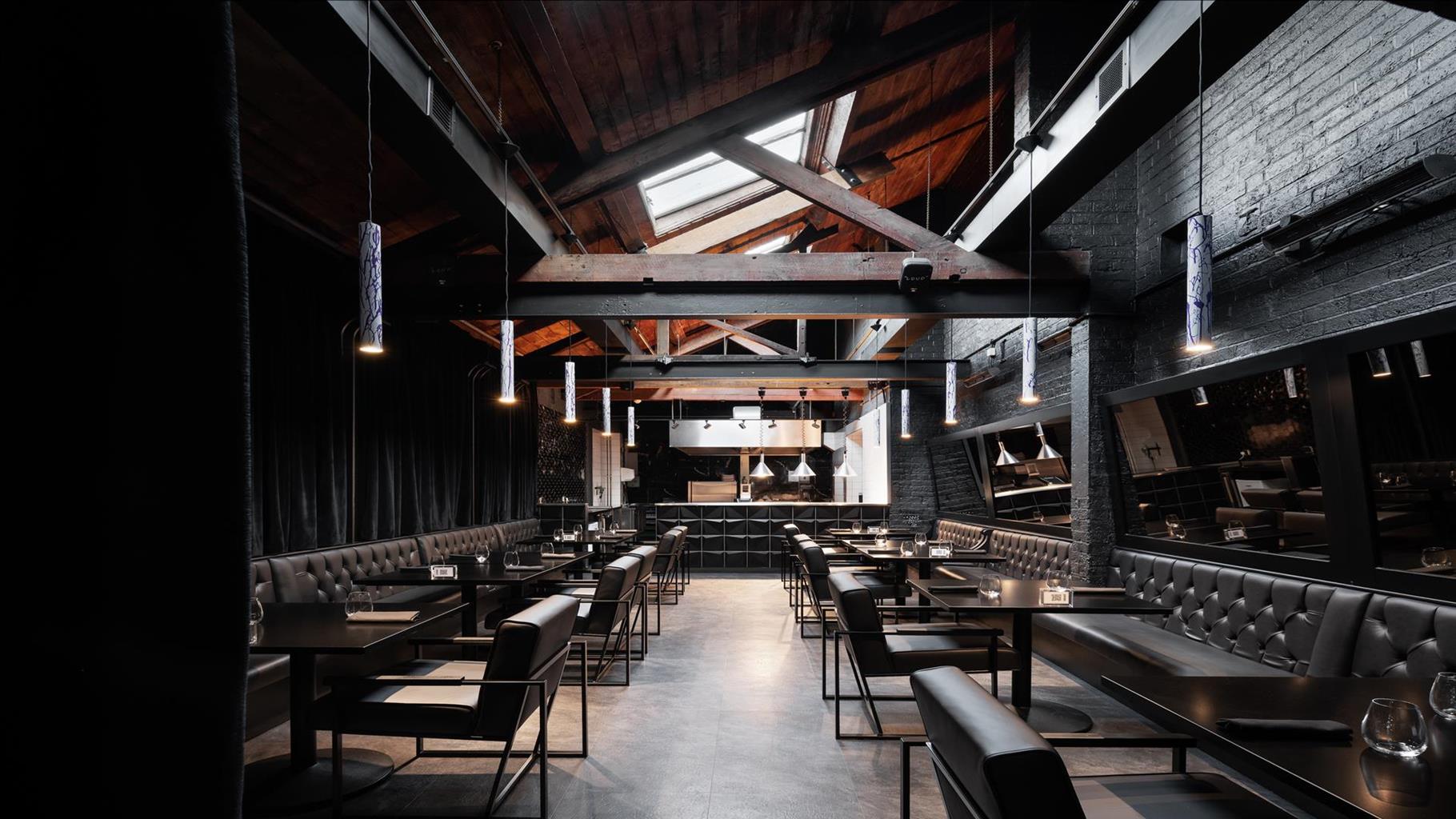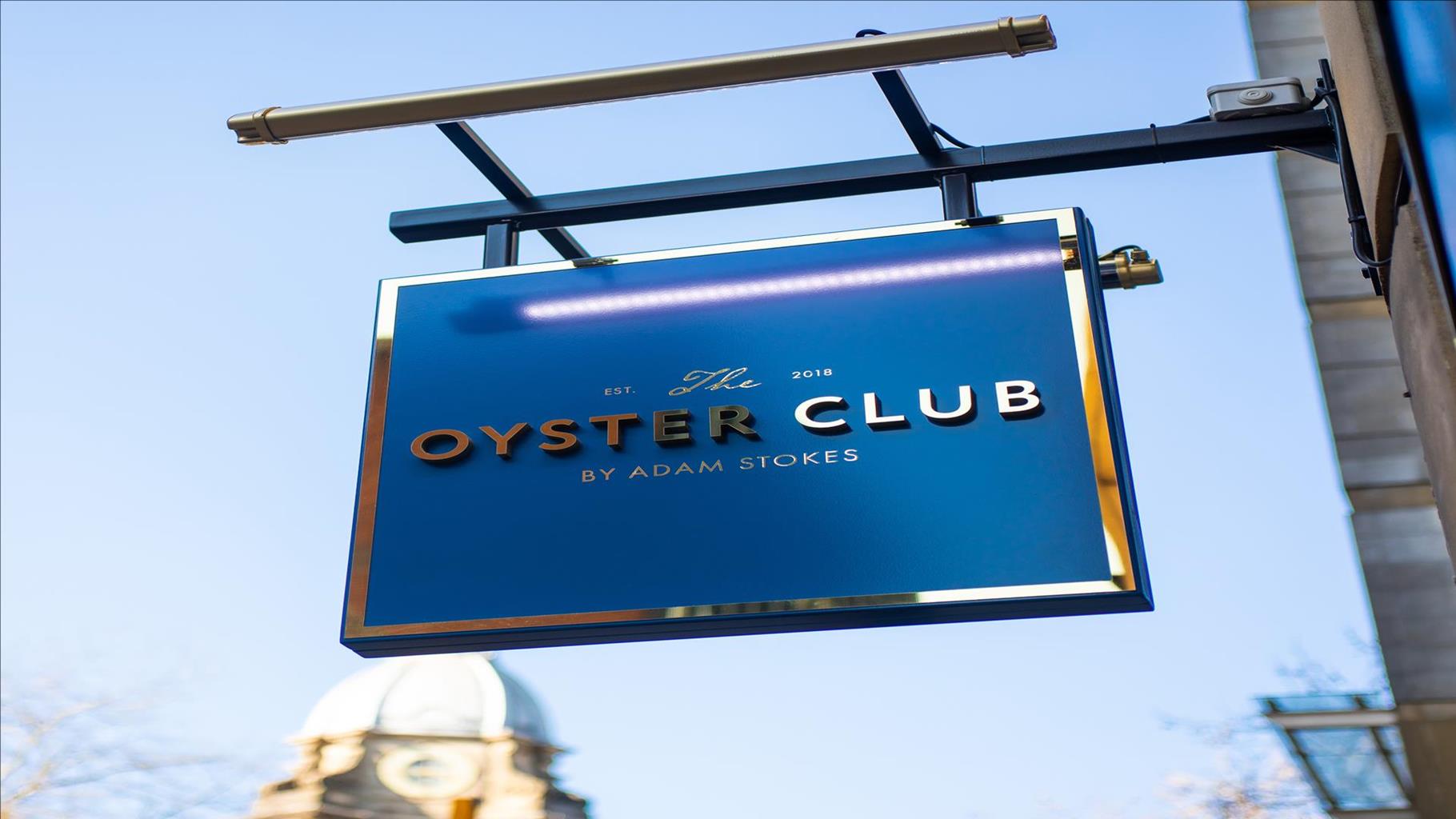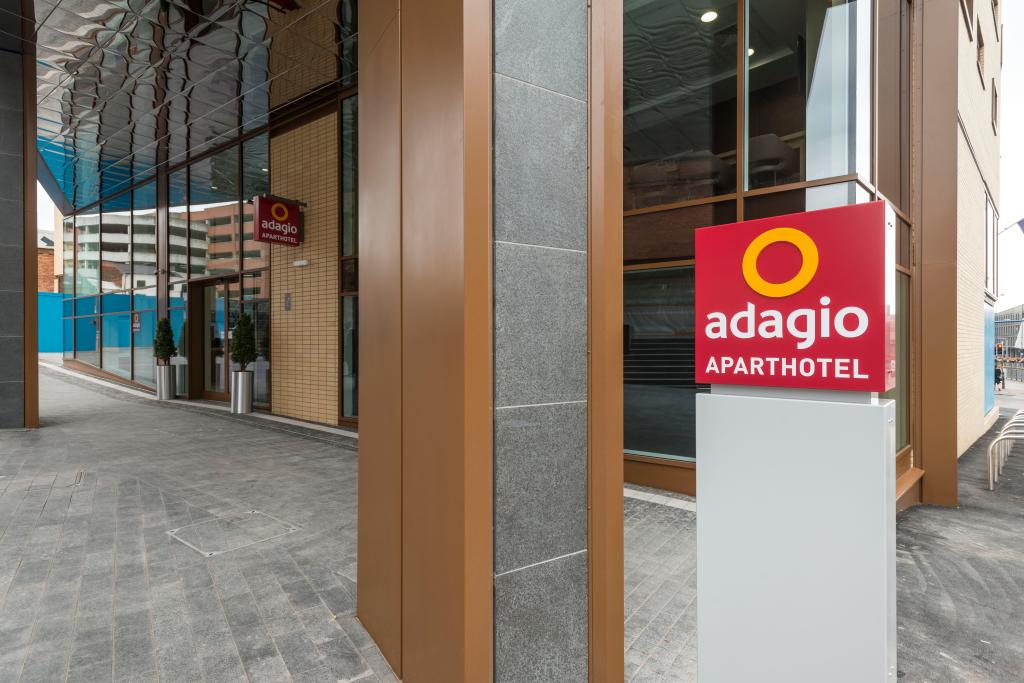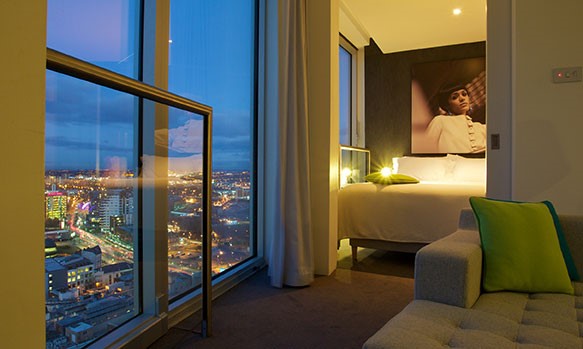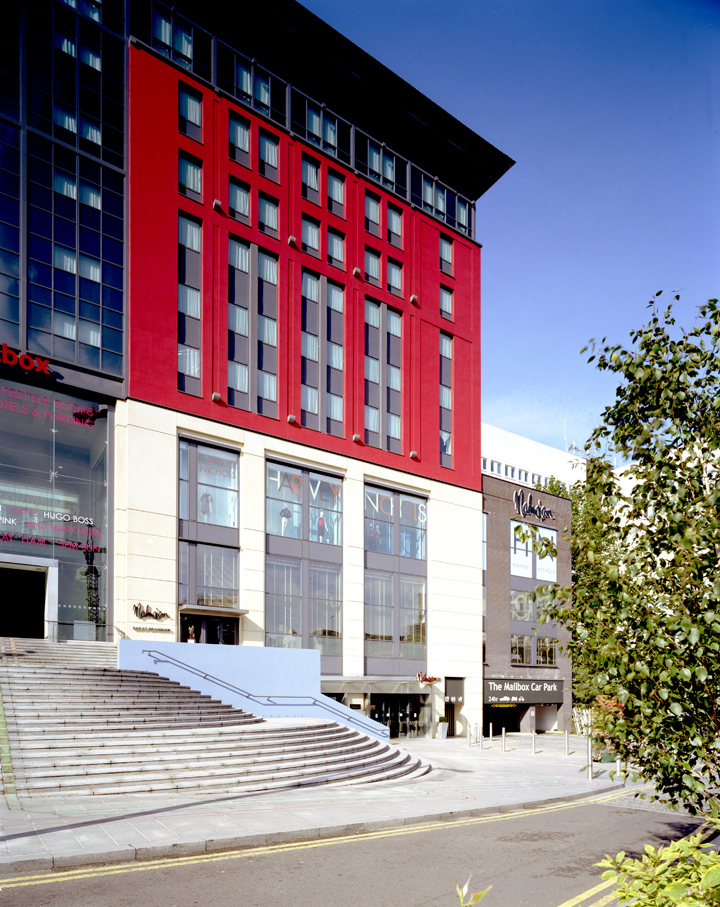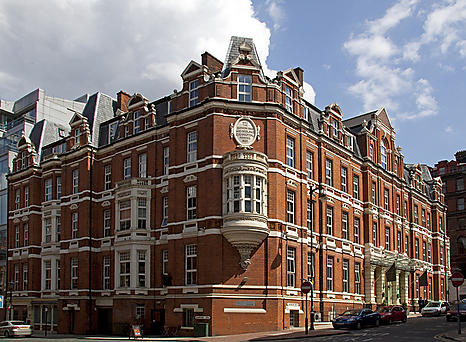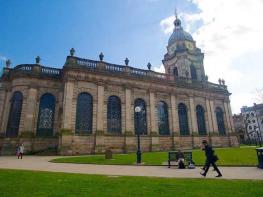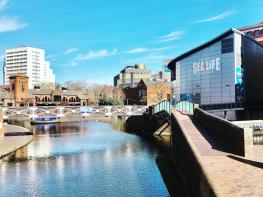Just five minutes’ walk from the Bullring Shopping Centre and Birmingham New Street rail station…
Sarehole Mill and the River Cole

3 miles (4.8kms)
About the walk
‘Sarehole Mill? Of course I know it,’ J R R Tolkien used to tell his legions of fans when they asked him about his childhood days in the Midlands. He was hardly likely to forget it and he even admitted that Sarehole dominated his formative years. ‘It was a kind of lost paradise,’ Tolkien told a Guardian journalist in an interview in 1966. ‘There was an old mill that really did grind corn with two millers, a great big pond with swans on it, a sandpit, a wonderful dell with flowers, a few old-fashioned village houses and further away a stream with another mill…’ John Ronald Reul Tolkien was born in South Africa in 1892. His parents were British. Following his father’s death as a result of rheumatic fever, young Tolkien and his mother and brother settled in the Worcestershire hamlet of Sarehole, then outside Birmingham. The area was very different in those days – a good deal more rural and remote – and it was quite usual for the Tolkien boys to play games, climb trees and generally let off steam.
Inspiration
While at Sarehole, J R R Tolkien’s imagination was fuelled by the nearby watermill and its complex machinery. This local landmark later became the model for the mill at Hobbiton in The Lord of the Rings. Tolkien found himself fascinated by the miller and his son who could often be seen covered in bone dust. He described them as ‘characters of wonder and terror to a small child.’ John Morris Jones, a local historian and contemporary of Tolkien, described Sarehole in the author’s day as a place where you would hear the occasional blast of a poacher’s shotgun: ‘There are game-birds, rabbits and hares in plenty. The (River) Cole is clear and well-stocked with fish, as are the millponds. The air is fresh, for the westerly wind blows away the smoke from the reeking town four miles away in the next county.’
Leafy paths
Tolkien returned to Sarehole in the 1930s and found the place much changed. The countryside where he had played contentedly as a child was disappearing under tons of concrete and Sarehole was no longer the sleepy rural settlement he remembered. It may have altered beyond recognition but even today there are surviving sylvan pockets of trickling streams and leafy paths. Not all has been lost. Even the local trails and footpaths give the impression in places that you could be deep in the countryside.
Walk directions
With your back to the road, cross the car park, bearing left to a footbridge. Keep left in the field, passing Sarehole Mill and its distinctive chimney. Pass a pond, part of the mill, on the left and make for a gate ahead leading out to Wake Green Road. Number 264, the house where Tolkien lived, is diagonally right. It is privately owned and not open to the public. Cross over into Thirlmere Drive and follow the road to Pensby Close. Pass several lock-up garages and turn left just before some flats.
Bear right at a line of bungalows and follow the path into woodland. Ascend a short flight of steps, then down ten steps to turn right over a footbridge. This is Moseley Bog, one of Tolkien’s childhood haunts. Turn immediately left and follow the boardwalk through the wood, keeping to the main path. When it divides, take either route as they rejoin shortly. At the next fork, by a footbridge, keep left. Climb some steps, turn right at the top and follow the woodland path. On reaching a grassy clearing, cross it to another obvious path and keep left. Pass through a small car park to the road and turn left.
At the island cross Swanshurst Lane and continue briefly on Yardley Wood Road. After 100yds (91m) veer left to follow a path parallel to the road, keeping Moseley New Pool on your left. Skirt the pool and when the path bends left at its corner, bear right between the trees to reach the vast grassy expanse of Swanshurst Park. Follow the obvious path, with the tower of a local fire station visible close by on the right. Draw level with the building and at the road turn left.
Follow Brook Lane, pass a row of shops and descend the hill. Turn right into Coleside Avenue and cross the River Cole at the Four Arches Bridge. Follow the path as it bears right on the opposite side, keep the river on your right and eventually reach the next road (Highfield Road). The walk turns right for several paces, crossing the Cole.
Once over, turn right to follow the riverside path. At one stage the walk follows the path between a stream on the left and the river on the right. Cross a concrete footbridge, keep right with both watercourses now on the right. Approach the next bridge. Do not cross it; instead turn left and walk beside the water. Cross the next bridge, keep right and return to Coleside Avenue. Follow it to the junction, cross over with care and follow the path ahead (John Morris Jones Walkway). Follow the riverbank path with the chimney of Sarehole Mill gradually edging into view. Cross over at the lights and return to the car park.
Additional information
Parks, woodland, riverbank, roadside pavement
Rural enclaves and urban
Under control in the vicinity of roads and urban pockets
OS Explorer 220 Birmingham
The Shire Country Park, next to Sarehole Mill. Alternatively, use local train services at Hall Green Station north of the junction of Cole Bank Road (B4146) and Stratford Road (A34)
At Sarehole Mill (when open)
WALKING IN SAFETY
Read our tips to look after yourself and the environment when following this walk.
Find out more
Also in the area
About the area
Discover West Midlands
After Greater London, the West Midlands is the UK’s biggest county by population, and after London, Birmingham is the UK’s largest city. There’s a lot to seek out here – it has a vibrant culture, with exceptionally good nightlife. Coventry used to be more important than Birmingham, until the 18th century when the Industrial Revolution started and Brum forged ahead.
Apart from Lady Godiva, Coventry is best known for its cathedrals. The medieval parish church became a cathedral in 1918, but the Blitz on Coventry in 1940 left only the spire and part of the walls. After the war, it was decided to build a new cathedral alongside linked to the ruins.
Dudley was one of the birthplaces of the Industrial Revolution, and this history is reflected in its architecture and the Black Country Living Museum, a recreation of an industrial village, with shops and a pub, cottages and a chapel. Stourbridge is also worth a visit, mainly due to its involvement in glassmaking, which has been going on since the 17th century, and is still a part of the town’s culture; there’s a glass museum and a bi-annual glass festival.
Nearby stays
Restaurants and Pubs
Nearby experiences
Recommended things to do
Why choose Rated Trips?
Your trusted guide to rated places across the UK
The best coverage
Discover more than 15,000 professionally rated places to stay, eat and visit from across the UK and Ireland.
Quality assured
Choose a place to stay safe in the knowledge that it has been expertly assessed by trained assessors.
Plan your next trip
Search by location or the type of place you're visiting to find your next ideal holiday experience.
Travel inspiration
Read our articles, city guides and recommended things to do for inspiration. We're here to help you explore the UK.




